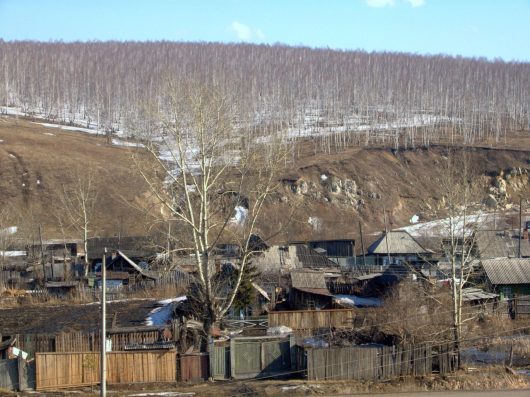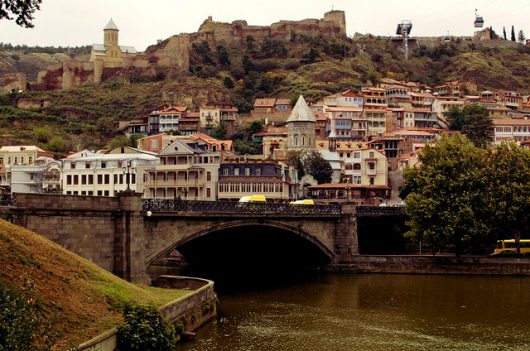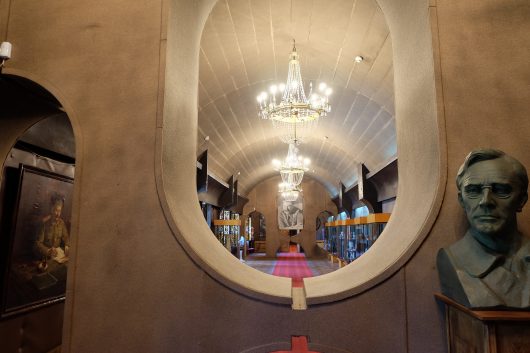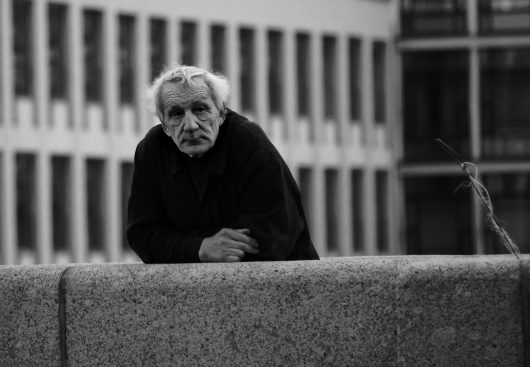
Much has been written about the Magnitsky Act, especially considering that it is a longstanding source of resentment among prominent Russians. However, remarkably little research has been done about the impact of the Magnitsky Act on the Russian economy.
What the Magnitsky Act Does
In 2014, the United States passed the Magnitsky Act, which was an effort to punish Russia for alleged human rights violations surrounding the death of a whistleblower who tried to alert the public to the alleged corruption that had been taking place in Russia for the previous several years. The intent was to sanction the individuals responsible for the death of Sergei Magnitsky, without impacting the majority of Russian citizens who had nothing to do with it.
The Magnitsky Act is notable because it attempts to punish solely the Russians responsible for Magnitsky’s death, rather than Russia as a whole. Rather than blanket import/export bans, the Magnitsky Act freezes the assets of the Russians implicated in the death of Sergei Magnitsky, the victim for whom the legislation is named. Additionally, it bans these individuals from obtaining visas to enter the United States.
The Magnitsky Act has been followed by the Global Magnitsky Act, which applies these punishments to any citizen of any country who is suspected of aiding the activity of the Russians in question. Additionally, other countries, including Canada and the United Kingdom, have passed their own versions of this legislation.
Impact of the Magnitsky Act on the Russian Economy
Although the intent of the Magnitsky Act was to have minimal impact on the Russian economy or the lives of average Russian citizens, it is fair to assume that there has been some effect. Russia retaliated in 2014 by banning all food imports from Europe and the United States for a period of one year. This is in addition to banning all adoptions of Russian children by American citizens, which has become a major point of contention in recent years.
After the passage of the original legislation, its authors stressed that the impact of the Magnitsky Act on the Russian economy was meant to be positive. The reasoning was that the Magnitsky Act would discourage the corruption and theft that supposedly limit Russia’s economic growth prospects. However, there is little evidence to prove that this has been uniformly the case.
Moving Forward with the Magnitsky Act
As an upper-middle income country, Russia’s standard of living and other metrics of assessing the average Russian’s state of economic affairs continue to lag behind the advanced industrial economies of the world. However, it is not possible to decisively say how much of this is due to the corruption that the Magnitsky Act and its supporters allege. More research should be done into the impact of the Magnitsky Act on the Russian economy, as it is difficult to say whether the authors of this legislation were right to craft it the way they did.
Because of this lack of decisive data, it is difficult to evaluate the impact of the Magnitsky Act on the Russian economy. There is no question that the Act plays an important normative role in signaling that the United States will exact consequences on violators of human rights, but whether it has the positive economic effects that its authors claimed it would is still not possible to assess. It seems likely that targeted sanctions like these could be a valuable tool to respond to potential human rights violations going forward, but they must be used with caution until a clear understanding of their broader impact is reached.
– Michaela Downey
Photo: Flickr
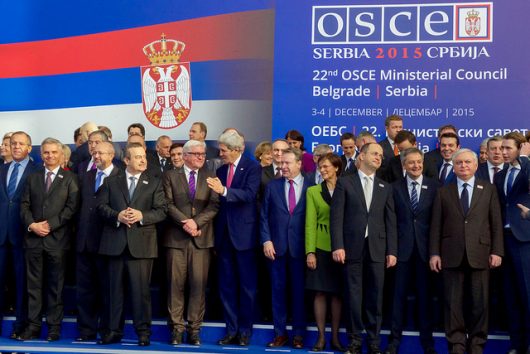
 Discussing poverty in Georgia is difficult to do without also acknowledging the sensitive subjects of Abkhazia and South Ossetia. There is extensive debate over how best to describe these regions, but they are
Discussing poverty in Georgia is difficult to do without also acknowledging the sensitive subjects of Abkhazia and South Ossetia. There is extensive debate over how best to describe these regions, but they are 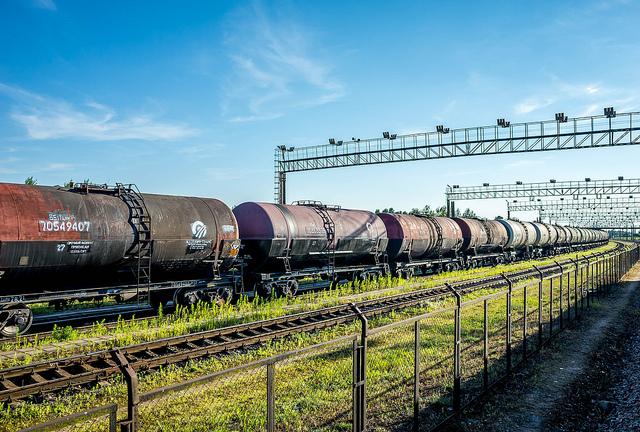 Despite high levels of foreign investment and a thriving energy sector, the development and maintenance of infrastructure in Russia remains sluggish and disproportionately benefits a small elite.
Despite high levels of foreign investment and a thriving energy sector, the development and maintenance of infrastructure in Russia remains sluggish and disproportionately benefits a small elite. 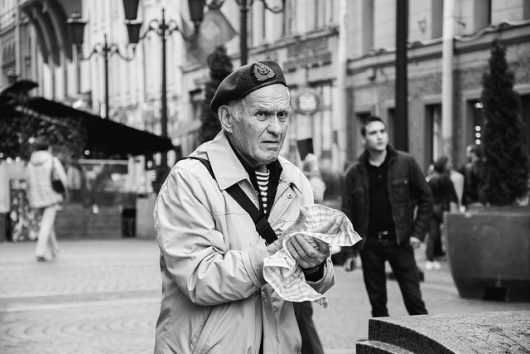
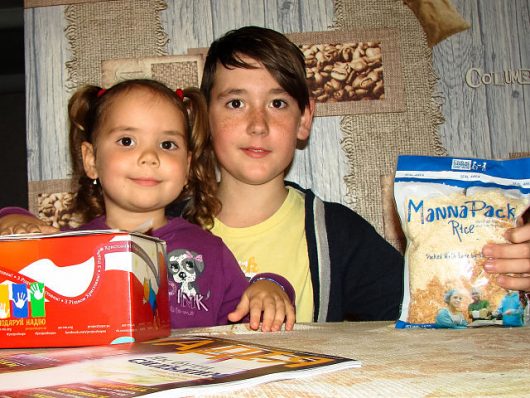 In recent years, Ukraine has been a
In recent years, Ukraine has been a 